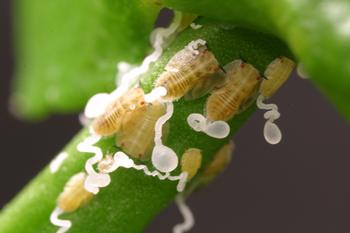
Asian citrus psyllid nymphs excrete distinctive waxy tubules.
|
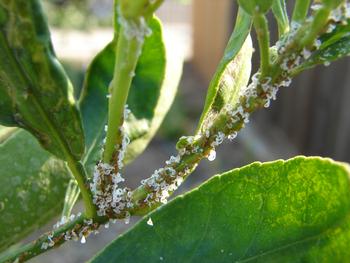
Asian citrus psyllid nymphs
|
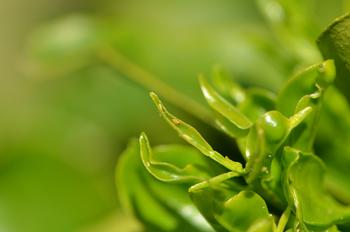
Psyllid nymphs on young flush.
|

Size of adult psyllid.
|
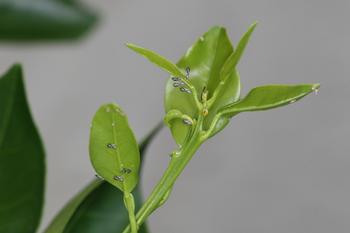
Asian citrus psyllids typically congregate on new growth
|
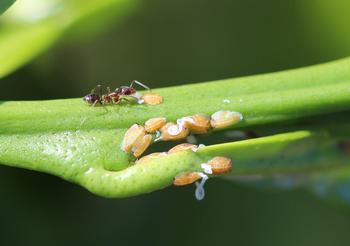
Ant protecting psyllids to farm the sweet honeydew they produce.
|

Asian citrus psyllids often perch with their hindquarters raised
|
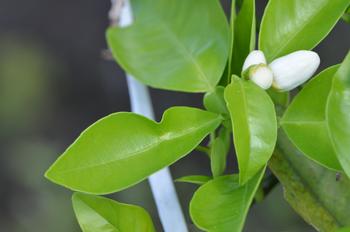
Notching on leaves due to psyllid feeding.
|
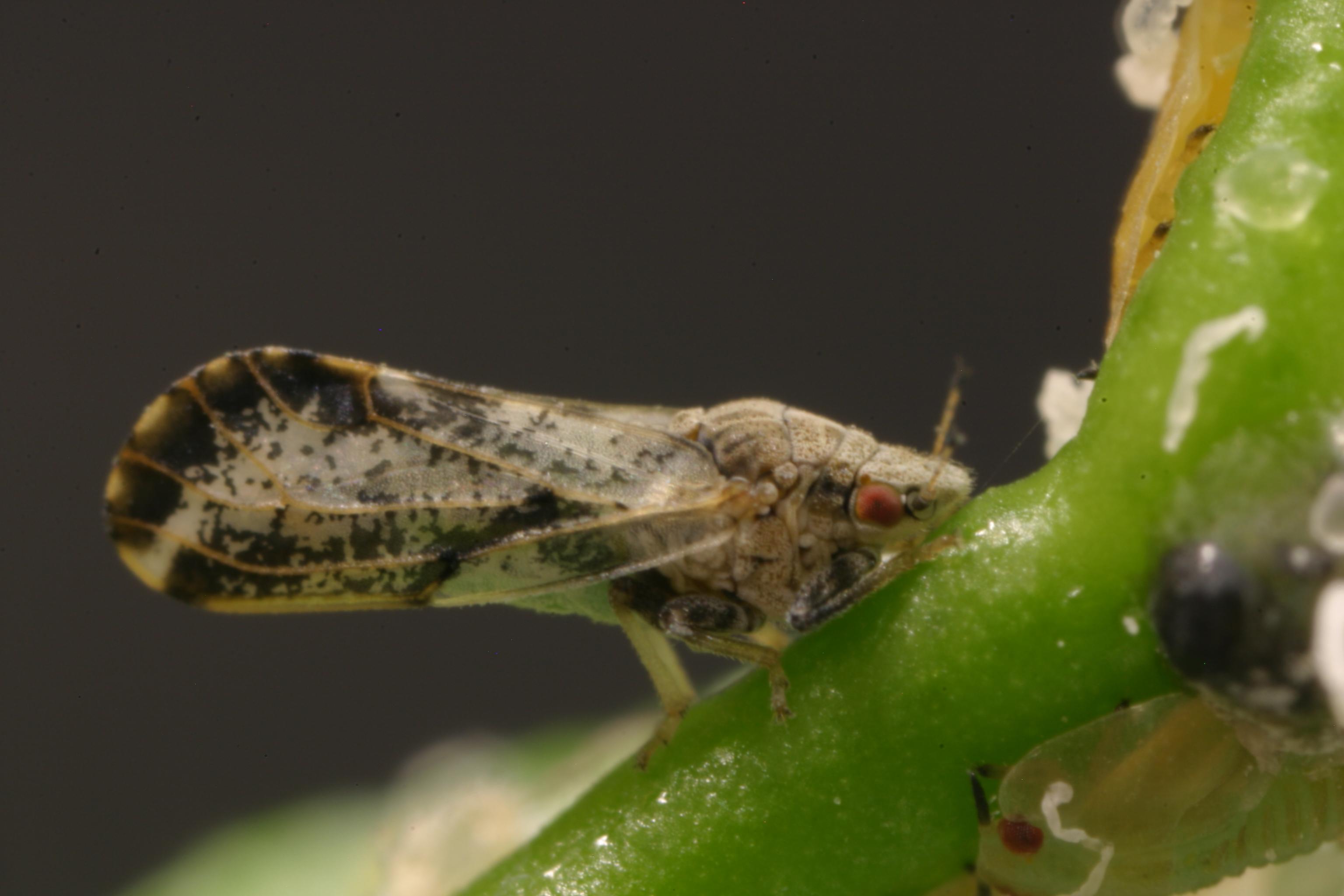
An adult Asian citrus psyllid, and a nymph underneath the shoot.
|
|